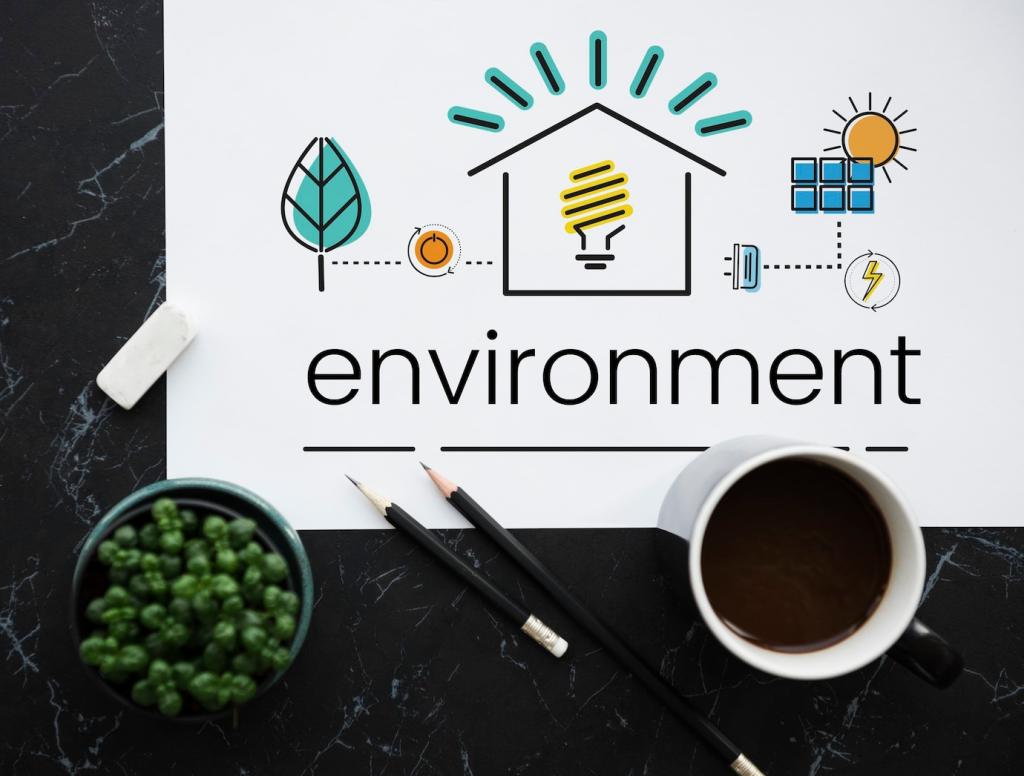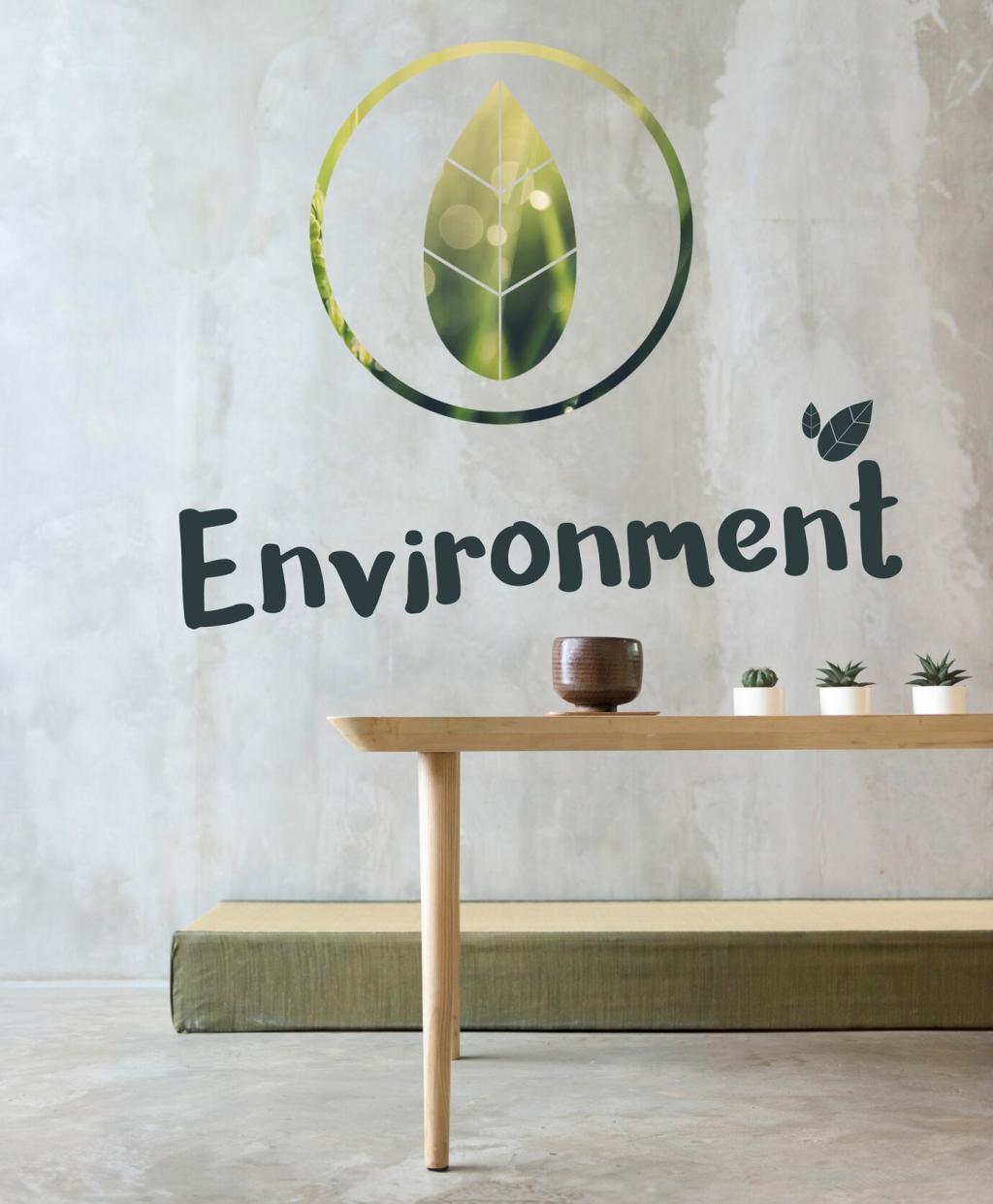The Intersection of Design and Sustainability in Home Interiors
The fusion of design and sustainability is redefining the way we perceive and shape our living spaces. In today’s world, homeowners and designers alike are recognizing the pressing need to create interiors that not only capture aesthetic beauty but also promote ecological balance and human well-being. This intersection involves thoughtful choices, innovative materials, and a mindset that prioritizes the future of our planet without compromising comfort or style. As the movement towards sustainable living accelerates, it becomes essential to explore how design principles and environmental consciousness can coexist harmoniously within the home, creating spaces that are as responsible as they are remarkable.
Previous
Next
The Principles Guiding Sustainable Interior Design
One of the core principles of sustainable interior design is maximizing the use of natural light and ventilation. By thoughtfully orienting rooms, selecting appropriate window treatments, and using reflective surfaces, designers can harness daylight to reduce reliance on artificial lighting. This approach not only cuts down energy consumption but also promotes a healthier environment by supporting circadian rhythms. Incorporating elements such as skylights or operable windows enhances airflow, reducing the need for mechanical cooling and improving indoor air quality. These considerations are pivotal in crafting spaces that are energy-efficient and comfortable throughout the year.
Innovations in Eco-Friendly Materials and Technologies
Rise of Biodegradable and Recycled Materials
Modern interior design is witnessing a surge in the use of biodegradable and recycled materials, transforming waste into building blocks for beautiful homes. From reclaimed wood panels to carpets woven from recycled plastic bottles, these materials help to divert refuse away from landfills and lower the carbon footprint of interiors. Designers are able to craft visually captivating spaces while also supporting circular economy principles, demonstrating that sustainability does not require sacrificing style or creativity. Biodegradable alternatives in textiles and even finishes are now commonplace, allowing for easier disassembly and reuse when interiors are eventually renovated.


Smart Home Systems for Energy Management
The integration of smart technologies is revolutionizing how we manage energy within our homes. Innovations such as programmable thermostats, automated lighting, and energy monitoring systems empower homeowners to fine-tune their energy consumption based on actual usage patterns and preferences. These systems not only optimize the use of electricity and heating but also provide insightful data for further efficiency improvements. By embracing smart energy management tools, interior environments can become more responsive, efficient, and sustainable, ultimately reducing utility costs and environmental impact.
Integrating Sustainability into Aesthetic Expression
A growing appreciation for the inherent imperfections and unique textures found in natural materials is reshaping the aesthetic narrative of interiors. Elements such as hand-hewn timber beams, stone with irregular veining, or textiles dyed with plant-based pigments bring authenticity and warmth to a space. These materials, often chosen for their sustainable qualities, remind us of nature’s artistry and encourage a move away from sterile, mass-produced finishes. The embrace of such textures is both an environmental choice and a celebration of beauty in imperfection.

